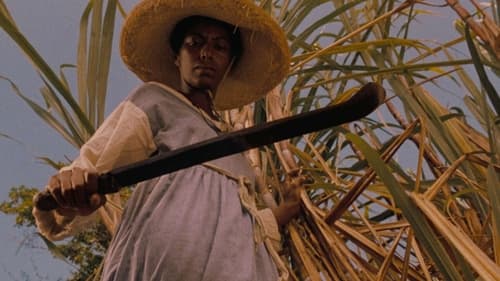Shirikiana Aina
출생 : , Detroit, Michigan, USA
약력
Shirikiana Aina (born September 9, 1955) is an American film director, cinematographer, producer, and writer. Shirikiana was born in Detroit, MI. She is a member of the LA Film Rebellion. She founded Mypheduh Films, Inc., a distribution company for independent Pan African Films. The company produced several features from the filmmakers of the LA Film Rebellion. She also co-founded Negod Gwad Productions, a nonprofit film company providing support to indie filmmakers. She has taught courses in script writing and film production at Howard University. Description above from the Wikipedia article Shirikiana Aina, licensed under CC-BY-SA, full list of contributors on Wikipedia.


